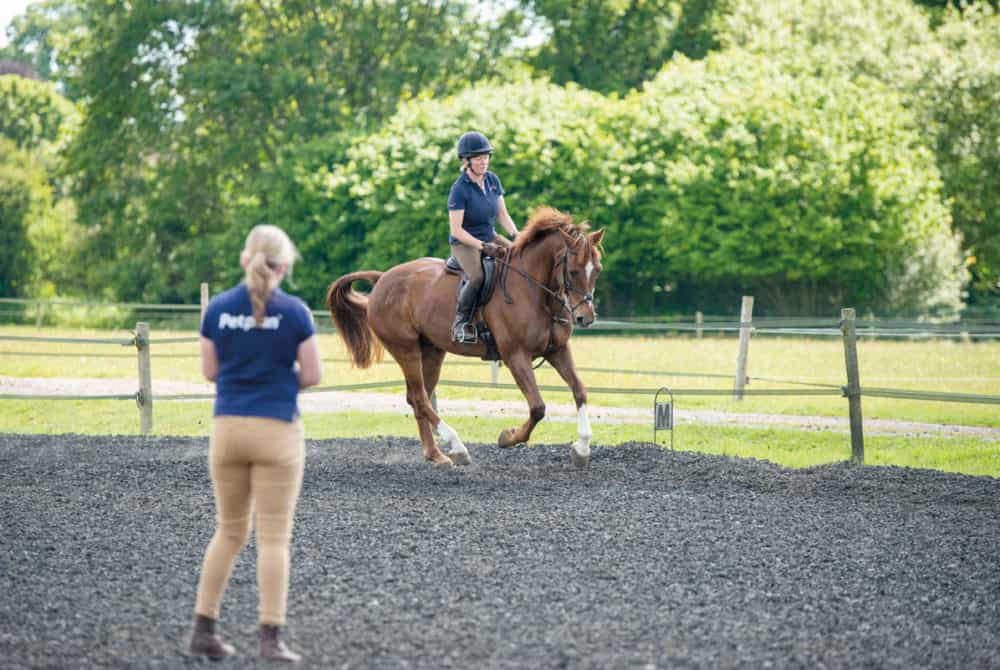Perfect partners: the vetting
Posted 10th September 2019
When you’re happy that you’ve met your perfect match, the next step is to think about the vetting. Equine vet Juliette Edmonds guides you through the process

It’s easy to get carried away when you’ve got your heart set on something, as we all know, but buying a new horse is a big undertaking, so you need to be sure you’re doing the right thing. So, after the potential horse of your dreams has passed all of your own stringent checks – plus those of the knowledgeable friend you dragged along with you – what should you do next? Book him in for a pre-purchase examination, commonly known as a vetting.
Just as you might perform a risk assessment for scenarios at work, a vetting is a similar exercise used to help highlight potential problems in the horse and evaluate whether he’s fit for your purpose. Plus, by calling a vet out to your potential purchase, you’re inviting a further set of impartial but experienced eyes to take a look.
Who can do a vetting?
Put simply, any qualified vet can carry out a pre-purchase examination. When narrowing down your choice, your options include…
- your usual vet
- an impartial vet
- the vendor’s vet
Did you know?
If the horse being vetted is a client of the practice, they’re required to disclose his clinical history. If the vendor refuses, the vet would be unable to carry out the examination.
Should I be there?
Unless there’s a very good reason why you can’t attend, it’s always best to be present for the vetting. This gives you the chance to discuss the process with the vet and allows them to explain the significance of any findings. Any niggles or small issues that come up that could be hard to describe on paper – for example, a gait abnormality or minor skin issue – can be shown and discussed there and then.
What’s involved?
A vetting is a detailed clinical examination that assesses whether a horse has any pre-existing conditions that may affect his ability to carry out the activities he’s intended for. It’s broken down into five stages…
- Preliminary examination
- Examination in walk and trot
- Exercise
- Rest and re-examination
- Second trot-up
Is it as simple as pass or fail?
The criteria between a pass and fail vary and all come down to suitability and whether the horse in question is fit for your purpose – it’ll differ greatly between a Riding Club all-rounder and a five-star eventer.
On completion, the vet will give their opinion, as seen on that day, whether on the balance of probabilities the horse will be suitable for the purpose and activities you need him for.
In association with Petplan Equine.
For more information on vetting and what’s involved in them, pick up a copy of November Horse&Rider, on sale 19 September.










